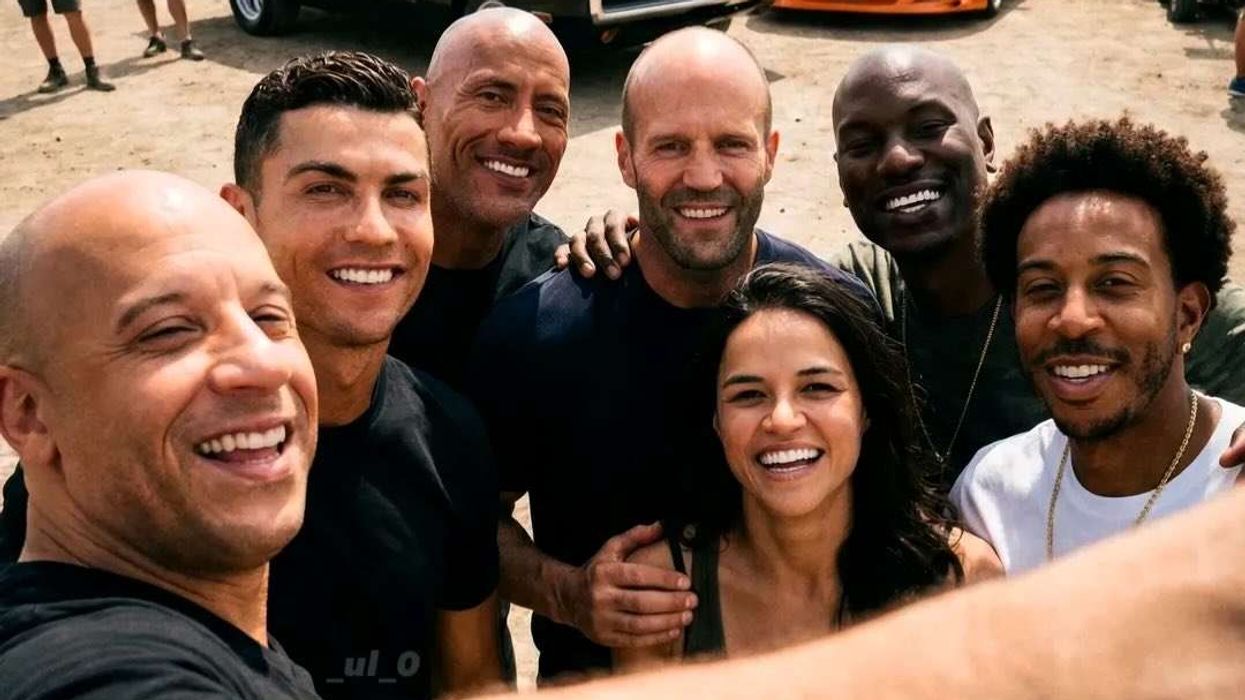Eight years ago, Indian cinema witnessed the rise of a phenomenon — Baahubali 2: The Conclusion (2017). Beyond its record-shattering success, the film remains a shining tribute to the man who carried its soul: the undisputed Pan-Indian superstar, Prabhas. Baahubali 2 became a cultural landmark, but at its heart was Prabhas’s extraordinary dedication, unmatched screen presence, and magnetic performances. As the film celebrates eight glorious years, we revisit the milestones that made it a once-in-a-lifetime cinematic experience.
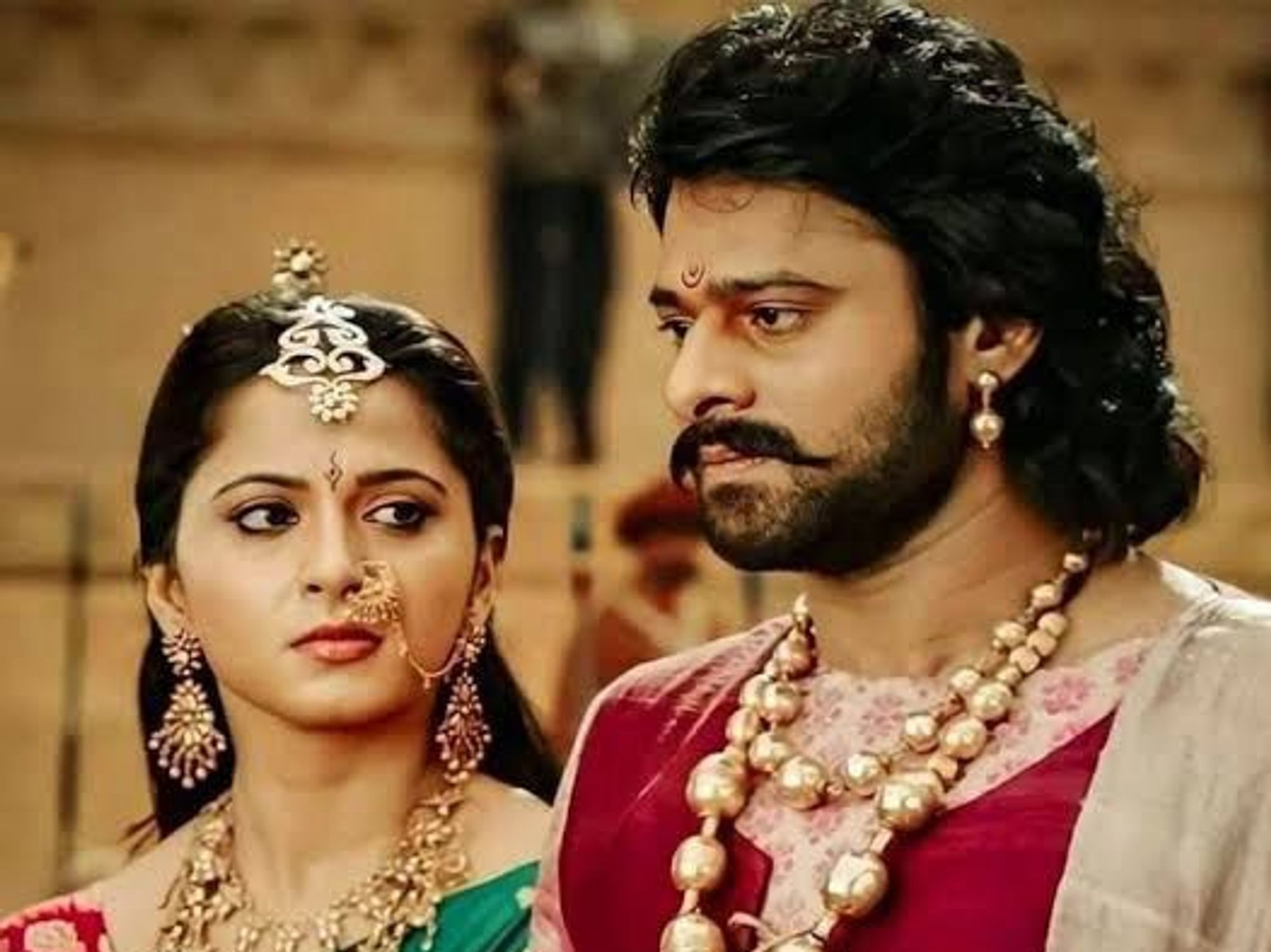
Historic pre-release records
Even before it hit theatres, Baahubali 2 had created history, collecting a jaw-dropping ₹5 billion through satellite and theatrical rights — a feat fuelled by the massive anticipation surrounding Prabhas and his towering portrayal of Baahubali.
Double role of Prabhas
Essaying the dual roles of Amarendra and Mahendra Baahubali, Prabhas brought unmatched depth, charisma, and emotion to the screen. His performances didn’t just entertain — they inspired awe, making both characters iconic across generations.
A five-year commitment
Few actors have shown the level of commitment Prabhas displayed. For five full years, he dedicated himself entirely to the Baahubali franchise, setting aside every other opportunity to ensure perfection at every level.
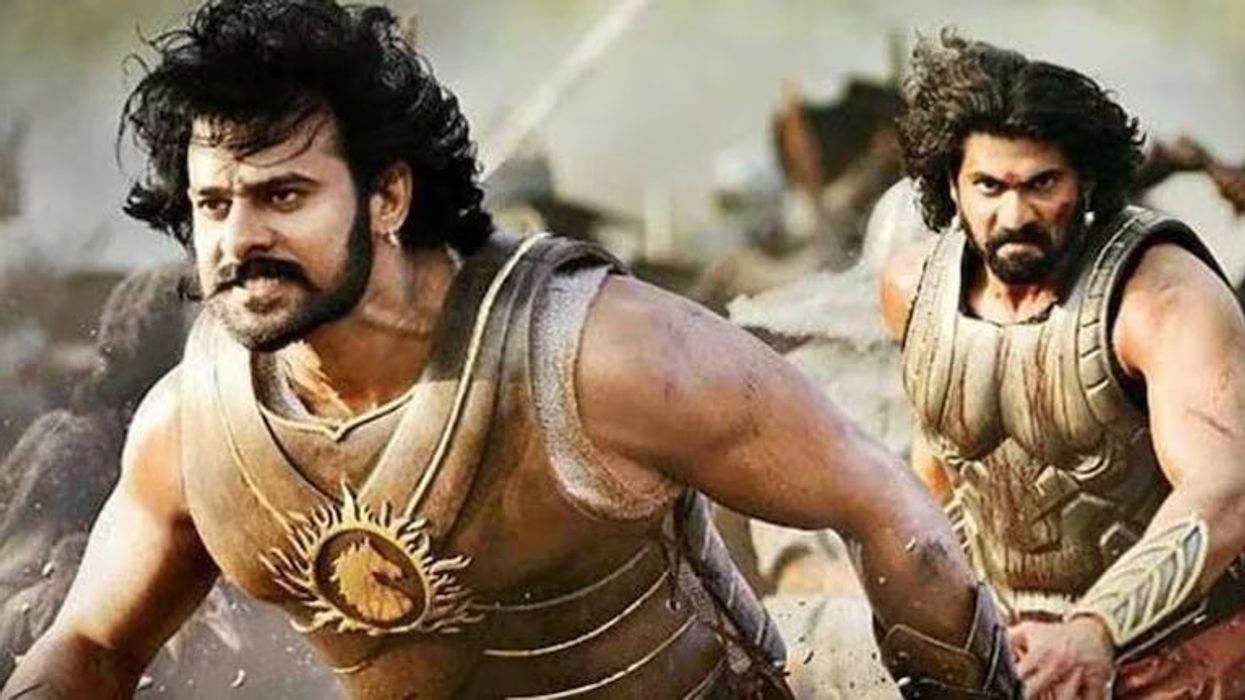
Physical transformation
Beyond the powerful acting, Prabhas underwent an intense physical transformation to embody the might and majesty of Baahubali. His discipline, hard work, and behind-the-scenes charm captured the hearts of fans worldwide.
Dialogues
Prabhas’s powerful delivery turned every dialogue into a moment of cinematic history. From fiery battlefield speeches to stirring court declarations, his words continue to echo in pop culture today.
Unforgettable chemistry and camaraderie
The effortless chemistry between Prabhas and Anushka Shetty added soul to the saga, while his onscreen bond with Rana Daggubati brought raw intensity and emotional complexity, enriching the film’s narrative.
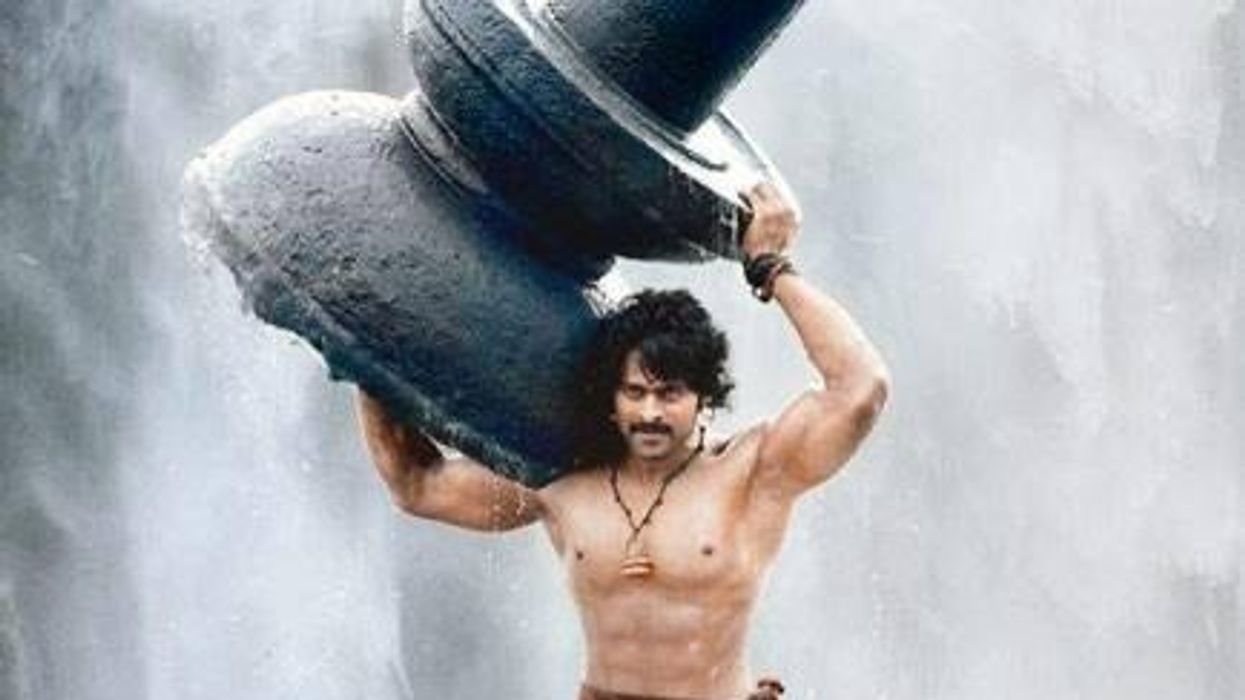
The rise of the undisputed Pan-Indian superstar
Baahubali didn’t just make history — it made Prabhas a household name across India and beyond. Breaking linguistic and regional barriers, he became the first true Pan-Indian superstar, rewriting the rules of Indian cinema forever.
Baahubali 2 stands today as a symbol of cinematic greatness — and at the heart of it all shines the legacy of Prabhas, the man who became a legend.
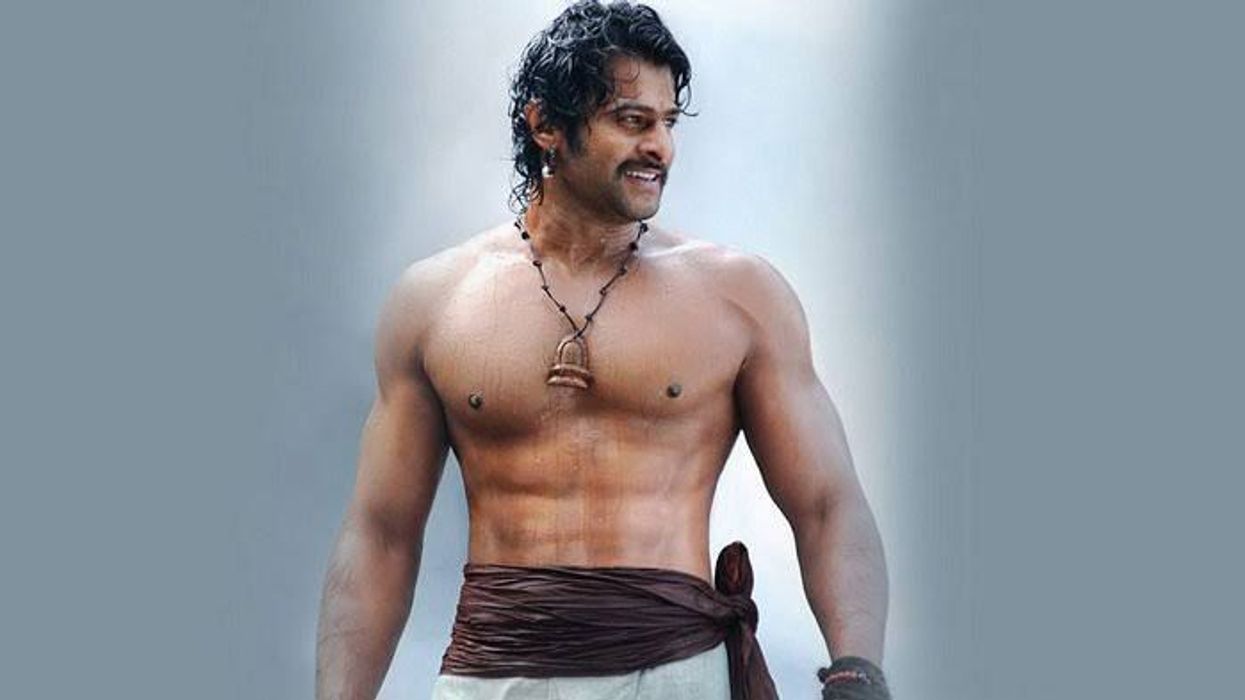
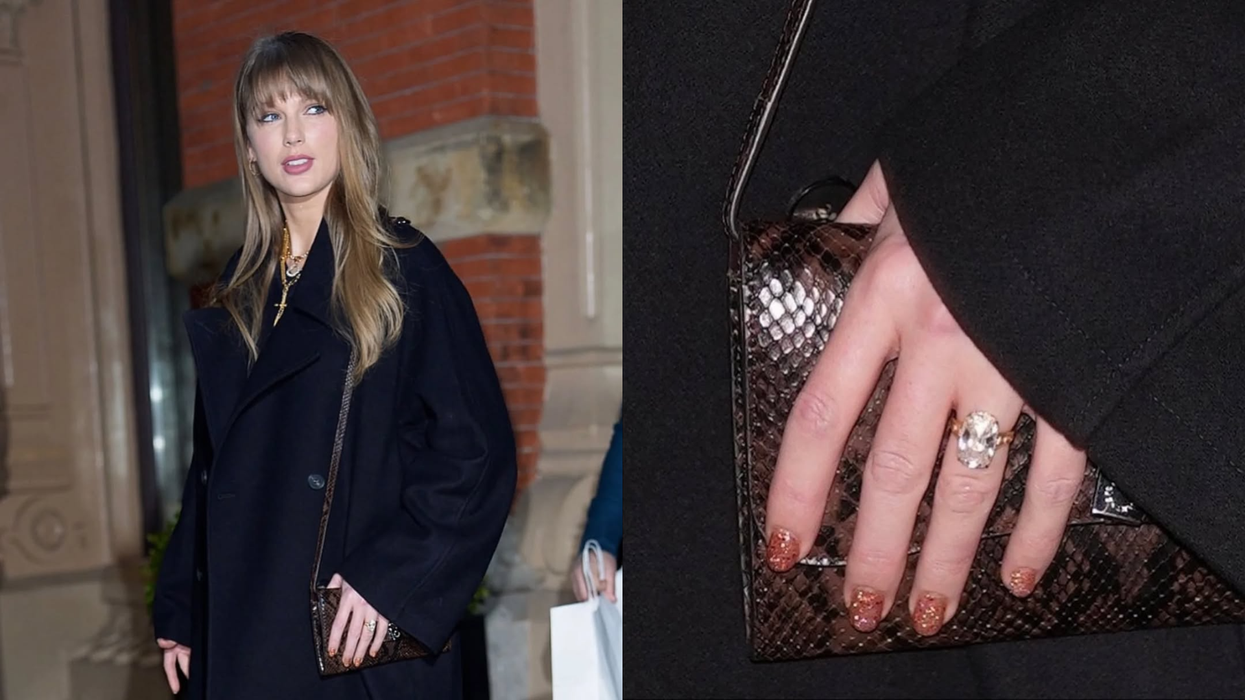
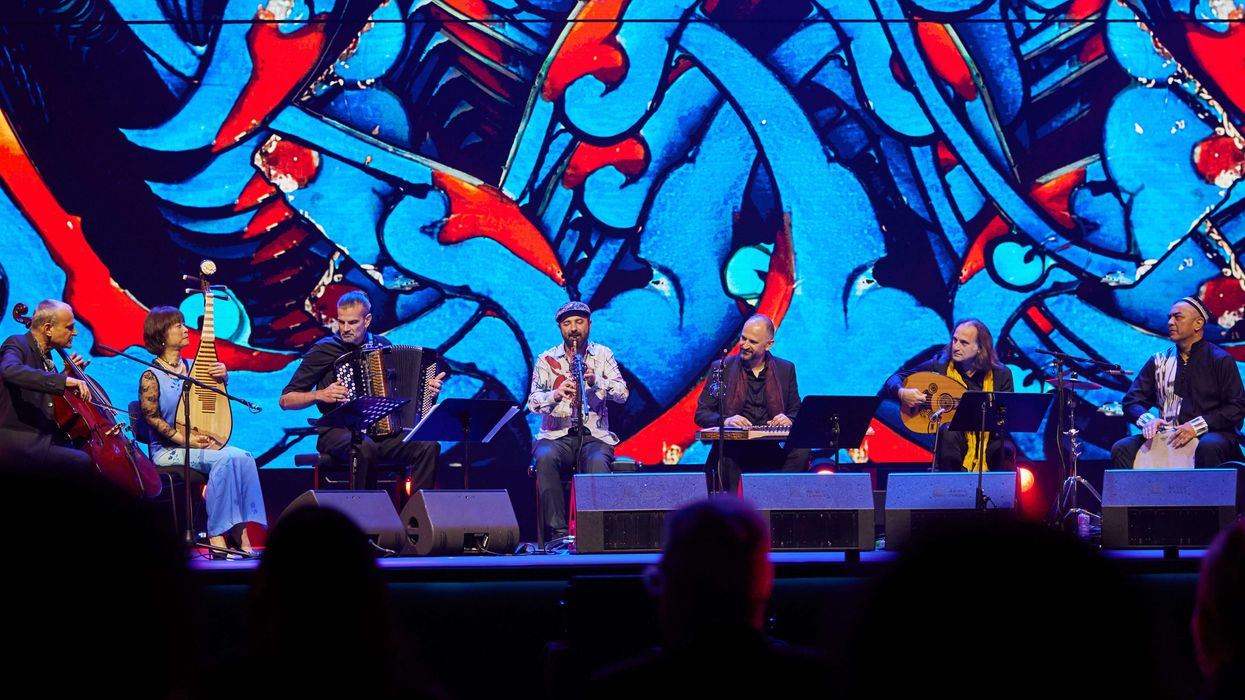
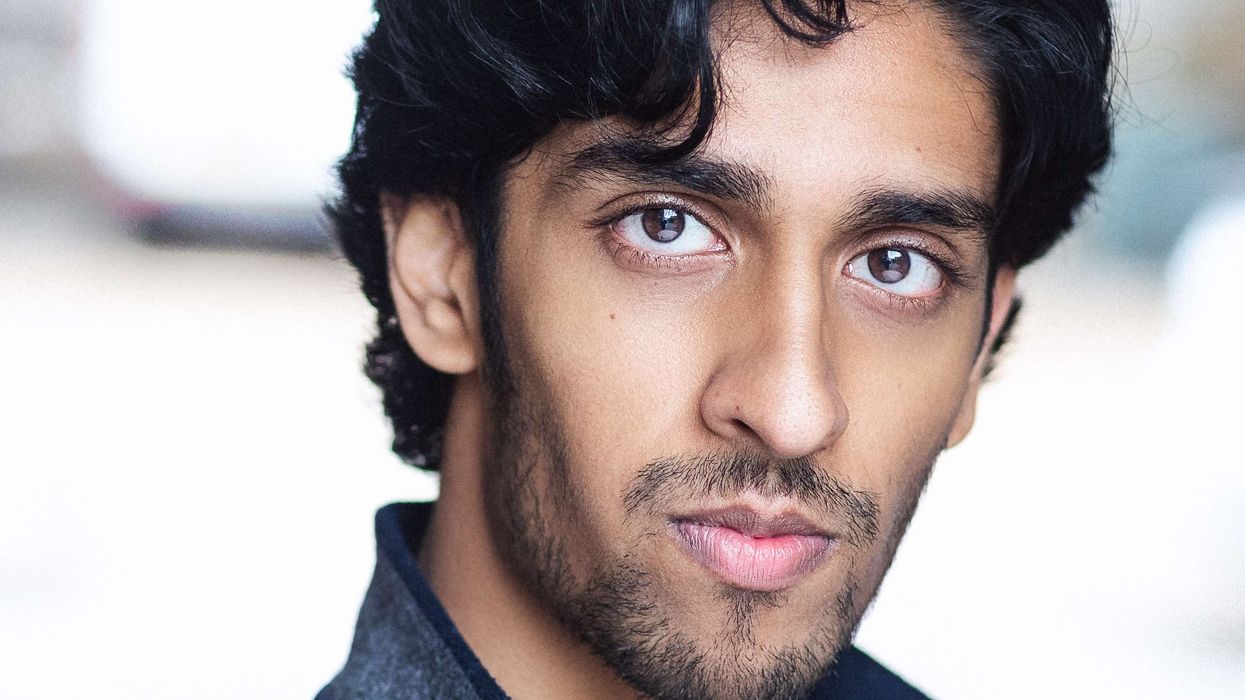
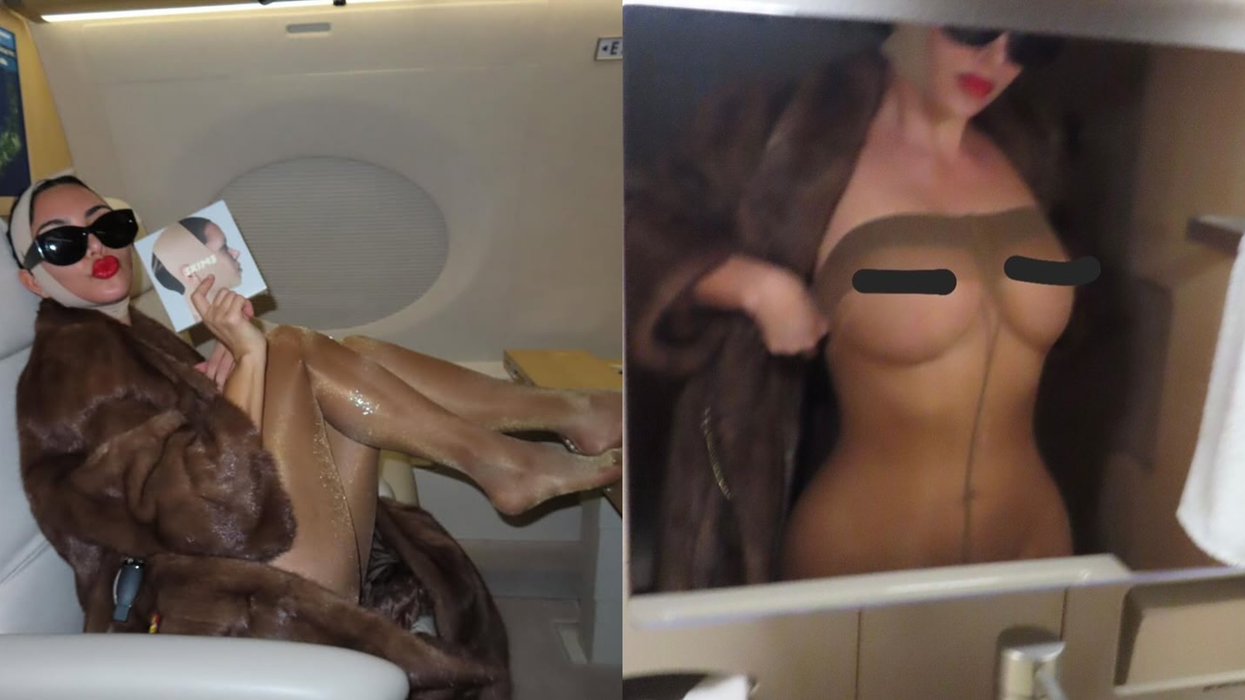

 Babatunde Aleshe turns Elf On The Shelf into mischief storyline on Strictly Come Dancing Christmas special Getty Images/Instagram/Strictly Come Dancing
Babatunde Aleshe turns Elf On The Shelf into mischief storyline on Strictly Come Dancing Christmas special Getty Images/Instagram/Strictly Come Dancing 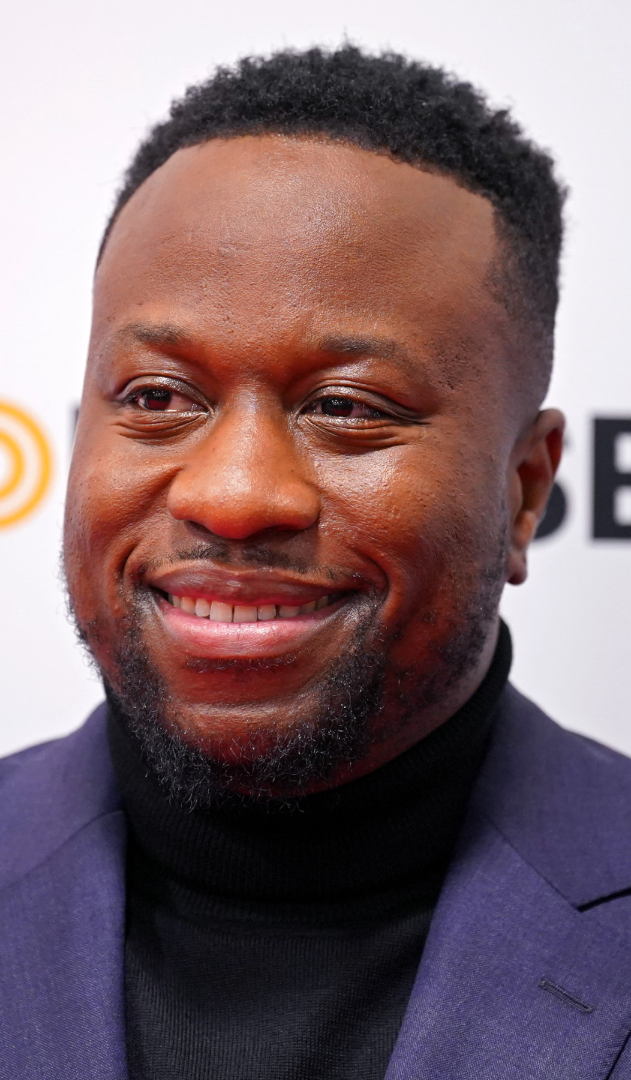 Babatunde Aleshe turns Elf On The Shelf into mischief storyline on Strictly Come Dancing Christmas special Getty Images/Instagram/Strictly Come Dancing
Babatunde Aleshe turns Elf On The Shelf into mischief storyline on Strictly Come Dancing Christmas special Getty Images/Instagram/Strictly Come Dancing 